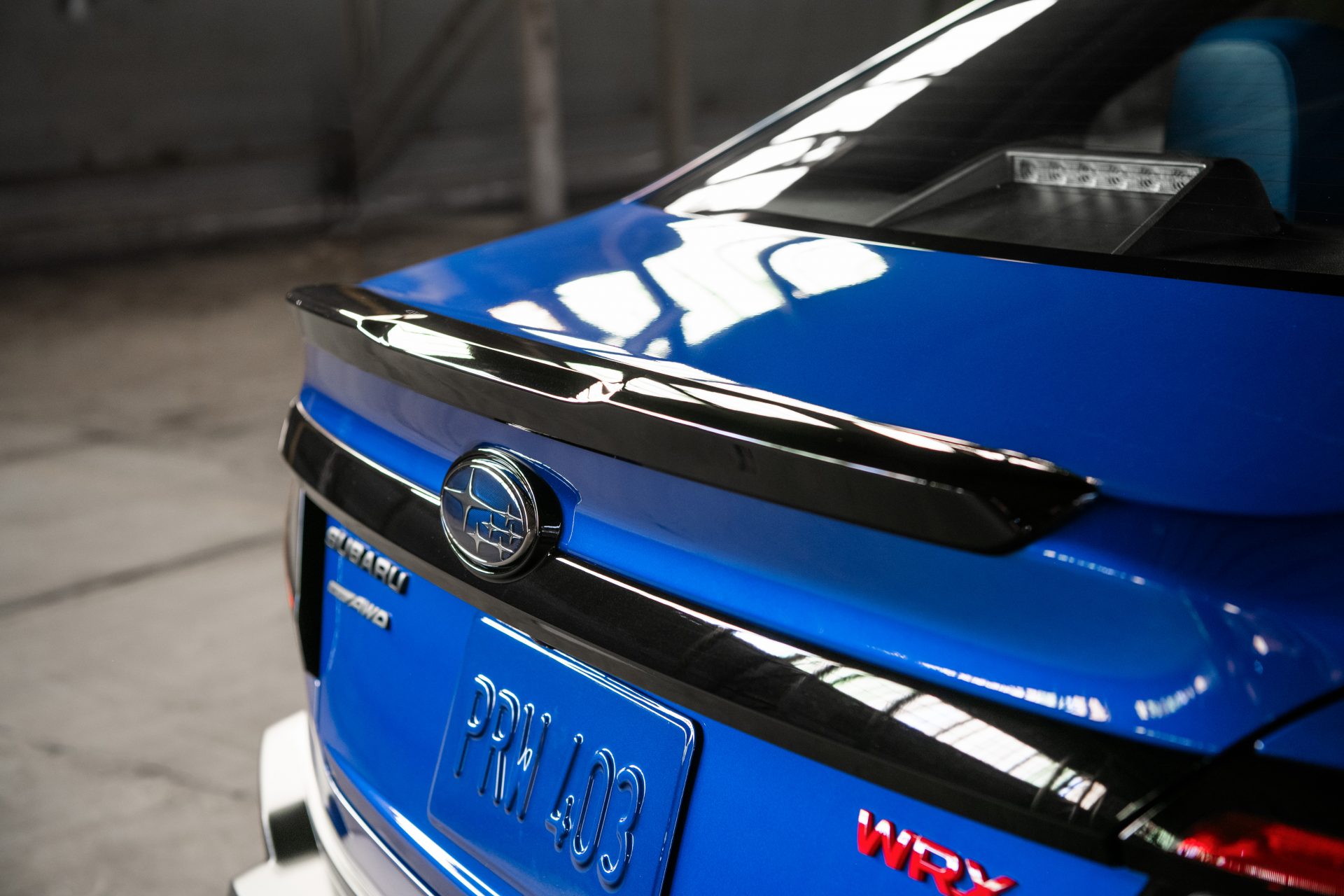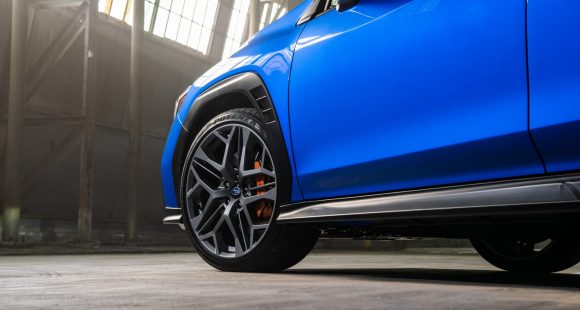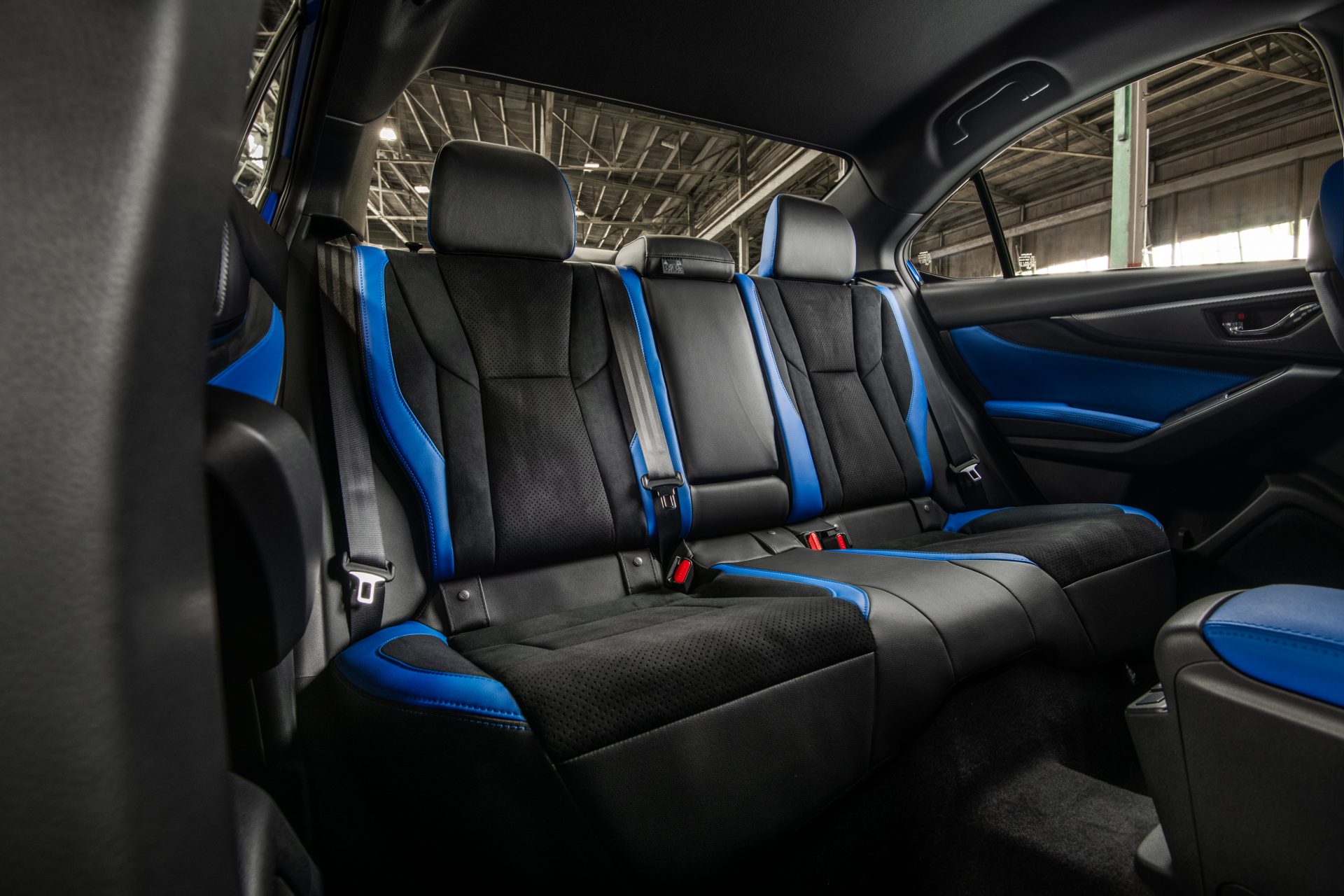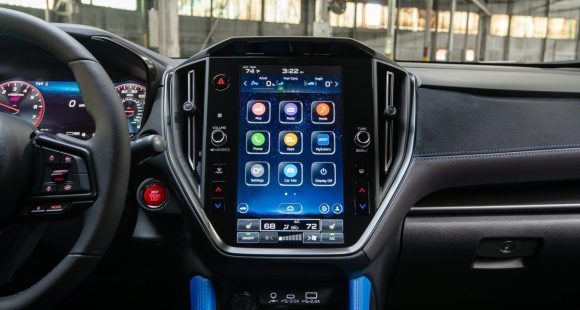2017 Ford Explorer
Since it first arrived for 1991, the Ford Explorer has been a top seller among larger SUV’s and crossovers, with over 7 million sales to date. But, the market for three-row family utilities is bigger and more cut-throat than ever. So, the latest Explorer is outfitted with lot of little changes that Ford hopes will bring big results, with less exploring and more conquering.
2016 marked the 25th anniversary for the Ford Explorer. And while it was far from the first SUV, it was clearly one of the first that made a case for being a family vehicle more than just a rutted roads runabout.
Today’s Explorer bears little resemblance to that truck-based original, now riding on a three row crossover platform that debuted for 2011. Styling updates for ’16 included more than just the usual front fascia; as hood, headlamps, and fenders were new as well.
Most everything got freshened in back also; lift gate, bumper, and taillights. And of course there’s some new wheel styles to choose from. 20-17 adds a Sports Appearance Package with 20-inch wheels and Magnetic Grey highlights for the XLT trim.
 A straightforward 3.5-liter naturally-aspirated V6 is still the base engine. More entertaining is this twin-turbo EcoBoost 3.5-liter V6 with 365-horsepower and 350 lb-ft. of torque.
A straightforward 3.5-liter naturally-aspirated V6 is still the base engine. More entertaining is this twin-turbo EcoBoost 3.5-liter V6 with 365-horsepower and 350 lb-ft. of torque.
The newest option, is the Mustang’s 280-horsepower 2.3-liter I4 EcoBoost that replaces the 2.0-liter.
If your budget is not restricted, by all means opt for the 3.5 EcoBoost. It makes the Explorer feel like a true performance-style SUV. Though all engines offer adequate power as well as all-wheel-drive; and come equipped with a 6-speed automatic transmission. Max towing is a class-norm 5,000-lbs.
The all-wheel-drive system features Ford’s Terrain Management System with settings for Normal, Snow, Sand, and Mud. In our experience, you pick your road conditions and the Explorer responds.
Now, there seems to be no limit to how far manufacturers will go to add poshness to utilities, nor buyers’ appetites for same. So, Ford brings the Platinum series to the Explorer. It features real wood and aluminum trim, as well as premium Sony sound and quilted leather.
And it’s altogether very nice, almost Land rover spec. inside. The brushed aluminum accents are gorgeous, and the animal hides are Nirvana leather, but think more of the place you want to spend eternity in, not the alternative rock band playing right now on Lithium.
 7–passenger seating is standard, with 2nd row Captain’s chairs, an option.
7–passenger seating is standard, with 2nd row Captain’s chairs, an option.
Being one of the larger 3-row crossovers means that cargo space fairs well at 21.0 cubic-ft. behind the 3rd row, 43.9 behind the 2nd row, and maxing out at 81.7 cubic-ft. A hands free lift gate is available with XLT and Sport trim; standard on Limited and Platinum.
Platinum trim also includes enhanced Active Park Assist; and on the safety front, inflatable 2nd row safety belts are now available on all models.
As before, the Explorer won’t yet apply the brakes for you if a collision is imminent; but it will give plenty of warning, and provide full braking pressure once you initiate the stop.
Turbocharging may not me a total replacement for displacement, but our twin-turbo V6 felt plenty V8-strong at our test track. There’s good torque down low, and grippy all-wheel-drive hookup, for a 6.5-second sprint to 60.
There was plenty of high-end grunt as well, accompanied by urgent shifting from the 6-speed automatic; taking us to the end of the ¼-mile in 15.0-seconds flat, at 94 miles-per-hour.
Through the cones, the Explorer still feels big and heavy compared to its many more nimble rivals. But there are still plenty of people out there who want their Bronco-type vehicle to still feel like a truck.
 It’s certainly manageable, though. Just keep the speeds down and your inputs smooth.
It’s certainly manageable, though. Just keep the speeds down and your inputs smooth.
Despite that big-truck feel, a 121-foot average stopping distance from 60 is quite good for any family-size utility. Nose dive was moderate, with pedal travel on the long side.
Government Fuel Economy Ratings for the EcoBoost V6 with all-wheel-drive are 16-City, 22-Highway, and 18-Combined. Our average with Regular grade was right on, at 18.1 miles-per-gallon. That makes for a poor Energy Impact Score at 18.3-barrels of yearly oil consumption with 8.2-tons of CO2 emissions.
There’s a wide variety in pricing, as you might expect, starting at $32,105 for a base 2017 Explorer; all-wheel-drive adds $2,150 more. While Platinum trim comes with a tag befitting the name, at $54,180
Even after a quarter of a century, Ford has managed to find ways to significantly improve the Explorer without any turnoffs. The luxury intentions of the Platinum are obvious, while the rest of the lineup still plays the large family vehicle part perfectly. We think that will keep Explorer’s market-conquering ways intact beyond the horizon.
Specifications
- Engine: 3.5 liter
- Horsepower: 365
- Torque: 350 lb-ft.
- 0-60 mph: 6.5 seconds
- 1/4 mile: 15.0 seconds @ 94 mph
- EPA: 16 mpg city / 22 mpg highway,
- Energy Impact: 18.3 barrels of oil/yr
- CO2 Emissions: 8.2 tons/yr
2025 Subaru WRX tS
Subaru’s “World Rally eXperimental” Gets Tecnica-Tuned Tech
Building on its global rally heritage, WRX has been a standalone Subaru nameplate, marketed separately from garden variety Impreza, for two generations now. And while the current WRX still lacks the full STI treatment, this WRX tS serves up some of that high-performance spice we’ve been longing for.
Before we go flat out into our Track Test of this 2025 Subaru WRX tS, lets open the Subaru dictionary so we’re all on the same page. “tS” stands for “tuned by STI;” and “STI” is an acronym for “Subaru Tecnica International,” the brand’s high-performance sub-group best known for upgrading the WRX— oh, that stands for “World Rally eXperimental,” in case you didn’t know.
All that said, STI has been largely dormant for this WRX generation, but this tS sprinkles more of their engineering magic into the mix. No, that doesn’t mean extra power, but does mean significant chassis-related improvements.
First, electronically controlled dampers, adjustable through the 11.6-inch tablet-style infotainment screen. That meant a softer “comfort” mode on the 10+ hour commute to and from Savannah’s Roebling Road Raceway. But once we were there, it was the firmer “Sport+” setting all the way, heightening response from the WRX’s throttle and already quick dual-pinion power steering system. There’s still some body roll for rally-esque weight transfer, but it’s well sorted and provides the “toss-ability” you want in a WRX.
Though if you do autocross your tS, which we implore you to do, you might feel the six-piston front, two-piston rear Brembo brakes first. The bite is strong, giving good rotation in the corners and plenty of “halt” for this 3,400 lb. compact with minimal fade, keeping us on track all week…until some unfortunate winter weather passed overhead. No worries here, as Subaru’s Symmetrical All-Wheel-Drive system got us to the track for some powdered deserts: Frosted donuts served up Michelin style, a set of winter tires different from the grippy Bridgestone Potenza S007 rubber the tS typically rides on. Some prior hot laps of California’s Sonoma Raceway gave credence to those Bridgestones, and showed us what this hot-compact can do in ideal conditions.
It’s well sorted and provides the “toss-ability” you want in a WRX.
Other tS enhancements are cabin-based, namely these beautiful blue Recaros. Most of our staff appreciated their moderately-aggressive bolstering on both street and track. And they’re even heated, too. Another tS-only appointment is this 12.3-inch digital gauge display. It mimics the standard analog gauges with some additional info, but can switch to a navigation mode for more convenient route guidance.
We do wish our tS came in the new Galaxy Purple or the trademark World Rally Blue, but this Crystal White paint wasn’t too shabby, contrasting its Cherry Blossom Red badging and blacked-out lip spoiler. Otherwise, the tS is like any other WRX, down to the hood scoop funneling air to the top-mounted intercooler.
Underneath is the same turbocharged 2.4-liter flat-four in all other trims, boxing at 271 horsepower and 258 lb-ft of torque. The freak winter weather stopped straight-line testing, but a 0-60 time estimate of 5.5 seconds is about as spry as you realistically need, pulling strong through most of the tach; though the 6,000 RPM redline required attentive shifting of the six-speed box, which the tS comes exclusively with. The throws are precise, if a little long, and the clutch is wonderfully weighted.
With discontinuation of the Base trim, pricing for the WRX now starts with Premium at $36,920. The tS is at the top of the lineup with the automatic-only GT, both starting at $46,875. All WRXs continue to be made in Gunma, Japan.
If you’re an enthusiast itching to do the tuning yourself, perhaps the 2025 Subaru WRX tS is not for you. But if you want a plug-and-play experience, this is it. While it won’t exactly bestow the loose-cannon, top-level driving skills exhibited by famous WRC drivers upon you, the tS moves this WRX’s game in a direction we’ve so desperately wanted Subaru to take.
Specifications
As Tested
- Engine: 2.4-liter flat-four
- Tranmission: 6-speed manual
- Horsepower: 271
- Torque: 258 lb-ft











































